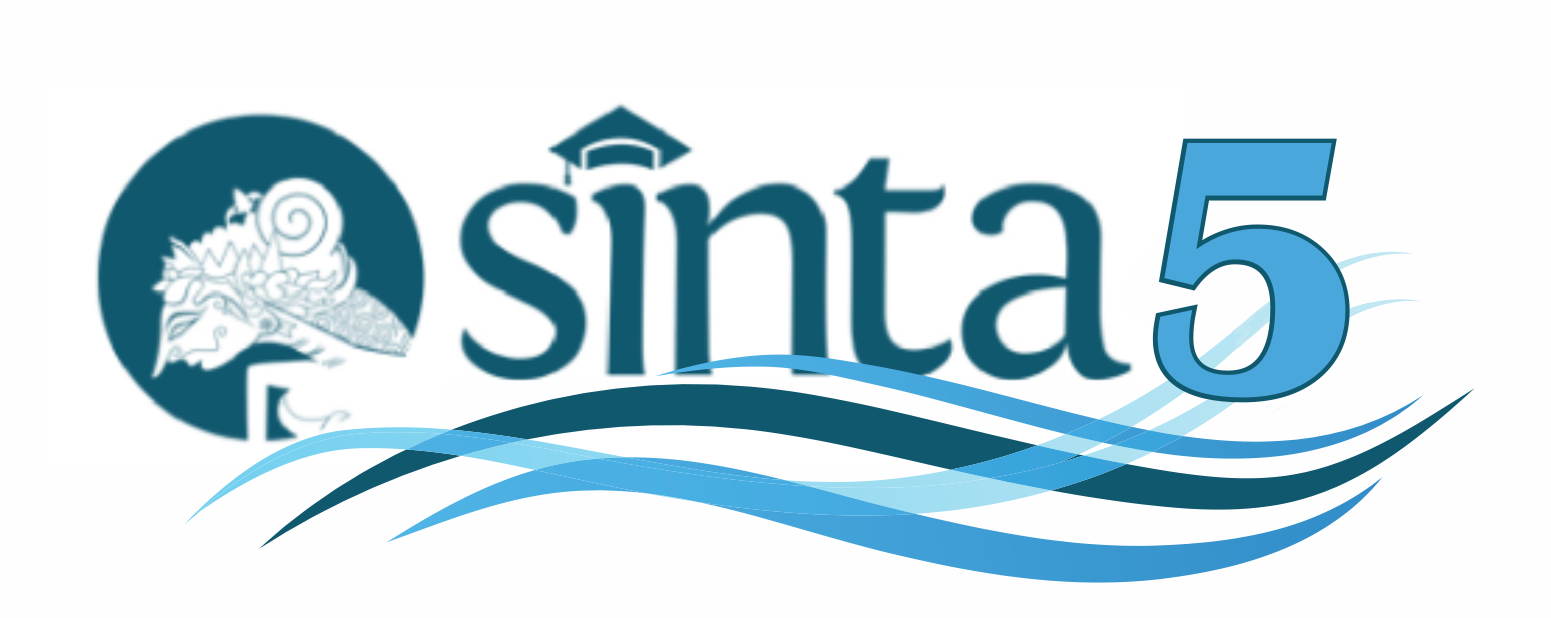Analisis Model Propagasi Bellhop di Choke Point Selat Lombok.
DOI:
https://doi.org/10.31957/acr.v7i1.3772Keywords:
Lombok Strait Choke Point, Maritime Security, Sonar, Bellhop Propagation Model, Shadow zoneAbstract
The Lombok Strait is one of the strategic choke points frequented by heavy
maritime traffic, demanding effective maritime security assurance. To ensure this
security, careful maritime control and surveillance are necessary, especially
through the use of monitoring tools such as SONAR to detect foreign objects passing
through the Lombok Strait. This research aimed to analyze the characteristics of
underwater acoustic wave propagation patterns, particularly in the formation of
shadow zones, using the Bellhop method. Simulations of the Bellhop propagation
model were conducted using the AcTUP v2.2L Toolbox. Temperature and salinity
depth distribution data from January 01
st
, 2023, to December 31
st
, 2023 obtained
from Marine Copernicus were used in this research,. The calculation of sound
propagation velocity based on the Medwin empirical equation, with a focus on
source depths of 10, 100, 300, and 500 meters. The simulation results indicated that
the Bellhop propagation model with a frequency of 100 Hz at a source depth of 300
meters produced more shadow zones compared to other source depths. These
findings have significant implications for understanding the patterns of acoustic
wave propagation in the Lombok Strait, providing valuable insights for maritime
control and surveillance efforts in the region.
Downloads
References
Agustinus. 2016. Studi Karakteristik Massa Air untuk menentukan Shadow Zone di Selat Makassar. J. Chart Datum, 2(2) : 69-78.
Agustinus, agustinus, Pranowo, W. setiyo, Nurhidayat, N., Asmoro, N. W., & hendra, hendra. 2022. Karakteristik Suhu dan Salinitas di Selat Makassar Berdasarkan Data CTD Cruise Arlindo 2005 dan Timit 2015. Jurnal Chart Datum, 8(2), 107–116. https://doi.org/10.37875/chartdatum.v8i2.144.
Alamsyah, H. K., Ariadno, M. K., Arsegianto, & Simanjuntak, S. W. 2022. Strategi Pengelolaan Lingkungan Laut terhadap aktivitas Hak Lintas Alur Kepulauan (Alki) di Perairan Selat Lombok (Marine Environmental Management Strategies On The Activities Of Indonesia Archipelagic Sea Lane (IASL) In The Lombok Strait Waters). Jurnal Perikanan Dan Kelautan, 12(1),45–54.
Allim, T. Y., Supartono, S., & Gultom, R. A. 2020. Desain Konseptual Sistem Pengawasan Kapal Selam Asing Berbasis Teknologi Akustik Tomografi untuk mendukung Sistem Pertahanan Negara. Jurnal Teknologi Penginderaan, 1(2). https://doi.org/10.33172/tp.v1i2.485.
Ariwibowo, A., Eko, N., & Wibowo, K. 2019. Kehadiran Kapal Patroli Pangkalan TNI AL Terhadap Pengendalian Laut di Selat Lombok. Jurnal Manajemen Transportasi dan Logistik, 06(03), 239–246.
Copernicus Marine Service. 2023. Copernicus.Retrieved from Marine.copernicus.eu: https://data.marine.copernicus.eu/
Darmawan, R., Pujiyati, S., & Harsono, G. 2023. Shadow zone mapping using parabolic equation method in the Bali Strait Waters. IOP Conference Series: Earth and Environmental Science, 1251, 12057.
Defrianto., & Pratama, N. 2019. Determination of the shadow zone area in the ocean computationally by simulating the propagation of acoustic rays. Proceedings of SNFUR-4, 1(1), 1-5
Hutabarat, S. dan S.M, Evans. 1985. Pengantar Oseanografi. Universitas Indonesia Press Jakarta.
Iskandarsyah, Mochamad. 2011. Pemetaan Shadow Zone Akustik Dengan Metode Parabolic Equation Di Wilayah Perairan Selat Lombok.
Lurton X. 2002. An Introduction to Underwater Acoustics: Principles and Applications. Chichester (UK): Praxis Publishing
Marsetio. 2014. Sea Power Indonesia. Jakarta: Universitas Pertahanan.
Medwin, H. 1975. Speed of sound in water: a simple equation forrealistic parameter. Journal of the Acoustical Society of America 58: 1318-19.
Pravitasari, D. D. 2010. Analisis Model Propagasi Kraken pada Pengiriman Sinyal Akustik Bawah Air. Skripsi. Institut Teknologi Sepuluh Nopember. Surabaya.
Suharyo, O.S., Adrianto, D., Hidayah, Z. 2018. Pengaruh Pergerakan Massa Air dan Distribusi Parameter Temperatur, Salinitas dan Kecepatan Suara Pada Komunikasi Kapal Selam. Jurnal Kelautan, 11(2): 104-112.Pravitasari, D. D. 2010. Analisis Model Propagasi Kraken pada Pengiriman Sinyal Akustik Bawah Air. Skripsi. Institut Teknologi Sepuluh Nopember. Surabaya.
Schlitzer, R., Schlitzer, Reiner. 2022. Ocean Data View. Software.
Wijaya, T. H. 2010. Analisis Model Propagasi Bellhop pada Pengiriman Sinyal Akustik Bawah Air. Skripsi. Institut Teknologi Sepuluh Nopember. Surabaya.
Urick, R.J. 1983. Principles of Underwater Sound. 3rd edition. New York: Peninsula Publishing.
Waite, H.D. 2005. Sonar for Practising Enginers: Third Edition. John Willey & Sons Ltd. West Sussex.
Wiyadi, SH. 2012. Variabilitas Kesuburan Perairan dan Hubungannya dengan kondisi oseanografi di Selat Lombok. Tesis. Institut Pertanian Bogor. Bogor.
Zuhri, A. A. M. R. 2022. Ray Path Gelombang Akustik Pada Musim Barat dan Musim Timur di Perairan Laut Natuna Utara
Downloads
Published
Issue
Section
License
Copyright (c) 2024 ACROPORA: Jurnal Ilmu Kelautan dan Perikanan Papua

This work is licensed under a Creative Commons Attribution-NonCommercial-ShareAlike 4.0 International License.
Authors who publish with this journal agree to the following terms:
- Authors retain copyright and grant the journal right of first publication with the work simultaneously
licensed under a Creative Commons Attribution-NonCommercial-ShareAlike 4.0 International License
that allows others to share the work with an acknowledgement of the work's authorship and initial
publication in this journal. - Authors are able to enter into separate, additional contractual arrangements for the non-exclusive
distribution of the journal's published version of the work (e.g., post it to an institutional repository
or publish it in a book), with an acknowledgement of its initial publication in this journal. - Authors are permitted and encouraged to post their work online (e.g., in institutional repositories or
on their website) prior to and during the submission process, as it can lead to productive exchanges,
as well as earlier and greater citation of published work (See The Effect of Open Access).




















